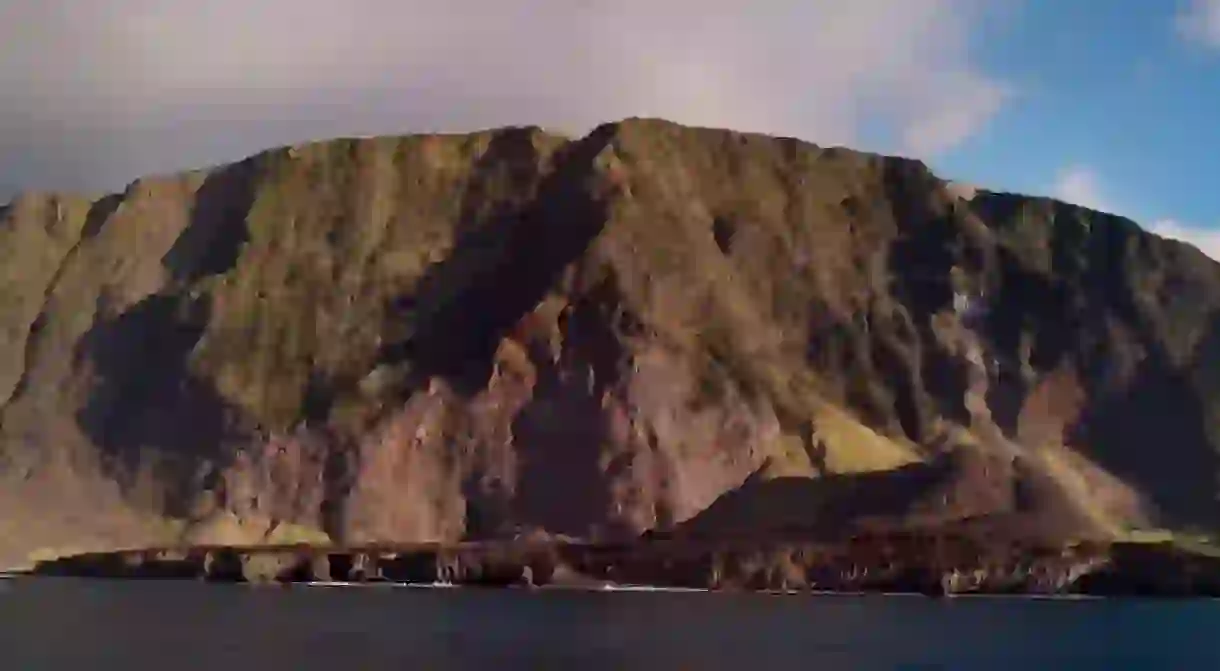The World’s Most Remote Island Is Getting An Eco-Friendly Makeover

In a new project funded by the U.K., the world’s most isolated island, Tristan da Cunha, is getting a radical makeover by way of self-reliant, sustainable redesign. Brock Carmichael Architects beat out 37 international contestants for the coveted redevelopment plan, which involves a gradual improvement of the existing building technology, low tech low energy environmental services, BIM technology, and prefab elements that are manufactured both on the mainland and on-site.

Located in the middle of the South Atlantic Ocean, this active volcanic island is nearly 1,500 miles from the coast of South Africa, with only nine returning trips to Cape Town each year. As of 2016, the island’s population boasts 265 British citizens – and no new residents are allowed to inhabitant the area. With all the land communally owned and lobster farming as the isle’s main industry, radical self-sufficiency is essential for daily living on this remote land.
Discovered in 1506 by Portuguese Admiral Tristao da Cunha, the island was originally ignored by early settlers as a possible home due to “rugged mountain landscape” and extreme weather. As the official website points out, it is “far from the maddening crowd,” and without an airport, everything comes in and out of Tristan da Cunha by boat. In 1961, a volcanic eruption and earthquake occurred, devastating their crayfish factory and forcing residents to evacuate the island.

Brock Carmichael Architects has devised a redevelopment plan that includes the improvement of renewable energy sources in order to reduce reliance on agricultural and fuel imports, the optimization of shipping goods, and the reduction of waste in materials and transportation costs. “This [system] could utilize potential future island resources such as sheep wool, basaltic blocks and even the processing of seaweed,” says Martin Watson, Partner and Director of Operations at Brock Carmichael Architects.
“The proposal includes the replacement of a number of government buildings, with consideration for improvements to residential buildings that would tackle issues relating to the damp maritime environment, and lack of insulation and central heating. It also featured proposals to reduce energy consumption, improve water management and achieve the island’s ambition to have at least 30 t0 40% of its energy needs met by renewable means within the next five years,” says Martin Watson, Partner and Director of Operations at Brock Carmichael Architects. “Technology, BIM, modern methods of construction and offsite manufacturing can certainly facilitate the process and advance technical performance,” says Watson.
Redevelopment is set to begin mid-2017.



















